Iran’s Energy Minister Hamid Chitchian attended Parliament's open session on Tuesday to respond to the questions posed by MP Nader Ghazipour from Urmia constituency. Chitchian was questioned upon the revival of Lake Urmia which has significantly been affected by recent drought.
Chitchian said the process of resuscitating the endangered Lake Urmia in northwest of the country would take a time of at least 10 years and 'intensive measures' were planned to be taken in that period to raise the water level of the lake.
Successive droughts, reduced precipitation, a rise in the region’s temperature and consequent increased evaporation as well as rising water consumption had all caused Lake Urmia to shrink, the minister explained.
Chitchian said the Ministry has invited Iranian academic centers and international experts from Japan, Germany and Russia to assess the lake’s situation and offer suggestions for the proper activities.
Chitchian emphasized that there has been no delay in the implementation of the Energy Ministry’s announced plans to restore the lake.
It was earlier announced that the Norwegian Institute for Water Research (NIVA) would carry out environmental studies of transferring water from the Caspian Sea to Lake Urmia.
Chitchian underlined the purpose of stabilization of the lake’s water level was achieved thanks to the administration’s measures.
The drying process is halted and the water reduction has decreased from 2.5 billion cubic meters per year in 2007 to 100 million cubic meters in 2014, the minister said.
While commenting on the administration's plans to restore the lake, Chitchian said that the government has allocated 45 million euro to transfer water from the Zab River to Lake Urmia.
Dredging the rivers flowing into the lake as well as transferring water from some dams to the lake and imposing limits on water consumption in the agriculture sector in the lake’s catchments were among the programs to revive the lake, he added.
Previous reports have said Lake Urmia needs 3.1 billion cubic meters of water per year to survive.
Iranian President Hassan Rouhani set up a working group for saving Lake Urmia , the Committee for Urmia Lake Restoration. The committee prepared a 9-year plan to restore the lake, with 2023 being the year targeted for the lake's complete restoration.
However, some Iranian experts believe that the most efficient measures in reviving the lake such as prohibiting unauthorized use of surface and groundwater, limiting groundwater use by local farmers and transferring water from other catchments including the Araz River are impractical and would lead to serious social tensions.
Once almost 30 feet deep, the largest in the Middle East and one of the largest in the world; lake Urmia now looks more like a great dry plain, with patches of water. A decade of frenzied water exploitation has reduced it by 80%, putting at risk its local nature.
'Exceptionally serious' is how a group of over a dozen environmental scientists and specialists visiting Iran in 2014 described the situation of Iran’s once greatest lake.

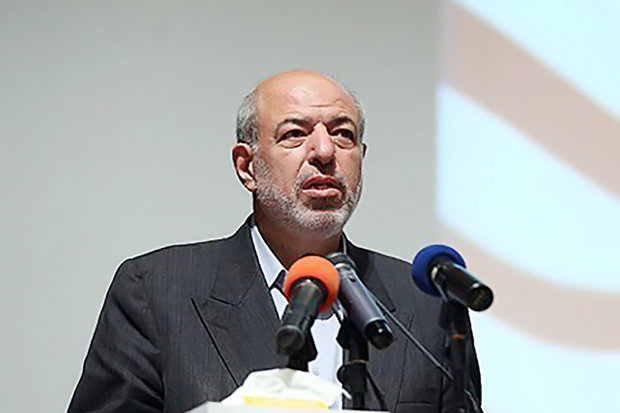


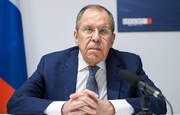

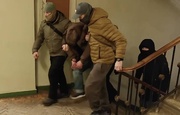
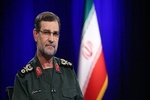

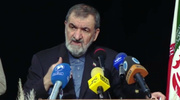
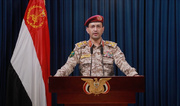












Your Comment